As oral care specialists, we’re often asked about proper toothbrush replacement protocols after illness. The answer isn’t one-size-fits-all – it depends on the type of infection and your oral care products. Here’s what manufacturers and dental professionals need to know.
“Bacterial infection requires immediate replacement of toothbrush” – this is non-negotiable. Pathogens like strep can survive on brush heads and potentially cause reinfection. However, “don’t have to change your toothbrush immediately if you are infected with the virus” like the common cold, as most viruses don’t survive long on brush surfaces.
After a “Common cold”:
Viruses typically remain viable on toothbrushes for <24 hours
The immune system develops antibodies making reinfection unlikely
Proper storage (upright, dry location) minimizes risks
Replacement is more about personal preference than medical necessity.
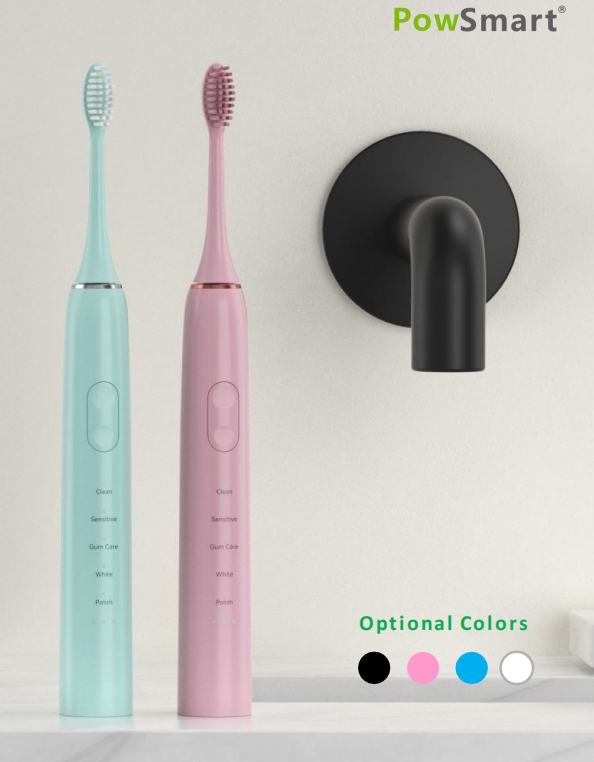
For certain “Oral Diseases”:
Oral thrush (fungal) – replace immediately
Herpes outbreaks – replace after healing
Periodontal infections – replace after treatment
These pathogens can persist and potentially spread to others.
Regardless of illness, “good care of oral hygiene” includes:
Replacing manual brushes every 3 months
Changing electric toothbrush heads every 2-3 months
Weekly deep cleaning of brush heads (soak in antibacterial mouthwash)
Proper air-drying between uses
Modern “electric toothbrush” systems offer hygiene benefits:
Many have antimicrobial brush head materials
Easier to clean thoroughly than manual brushes
Some premium models even have replacement reminders based on usage.
We recommend erring on the side of caution:
If brush shows visible wear
After any contagious illness
When immune system is compromised
The small cost of replacement outweighs potential risks.
Professional Recommendation:
For dental practices and manufacturers, we suggest:
Our OEM toothbrush heads feature:
By understanding these distinctions – between “Bacterial infection requires immediate replacement of toothbrush” and situations where you “don’t have to change your toothbrush immediately if you are infected with the virus” – professionals can give better advice and develop superior products. https://www.powsmart.com/
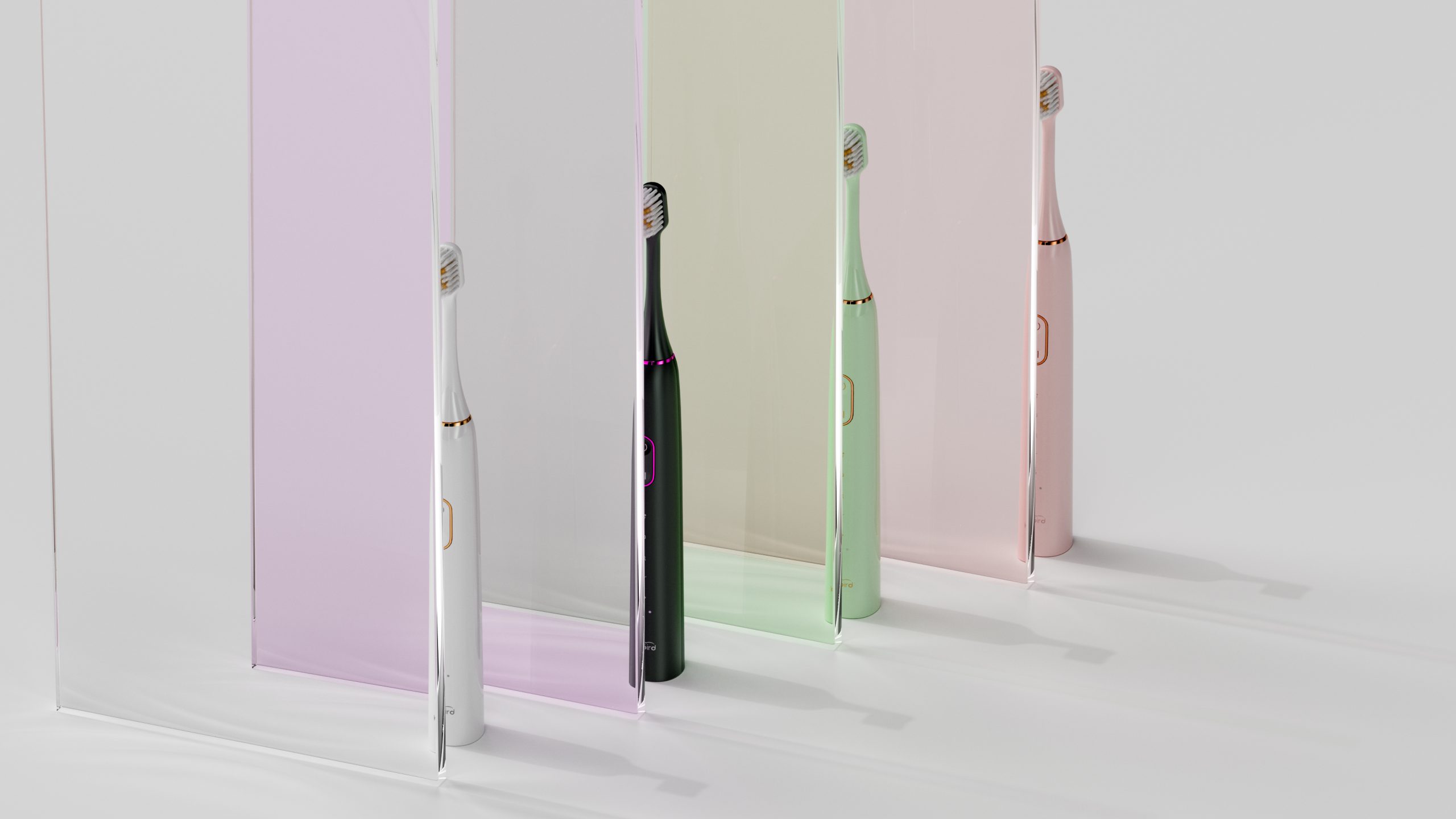
Nozzle Clogs + Water Leakage — Is Your Irrigator Still Usable?
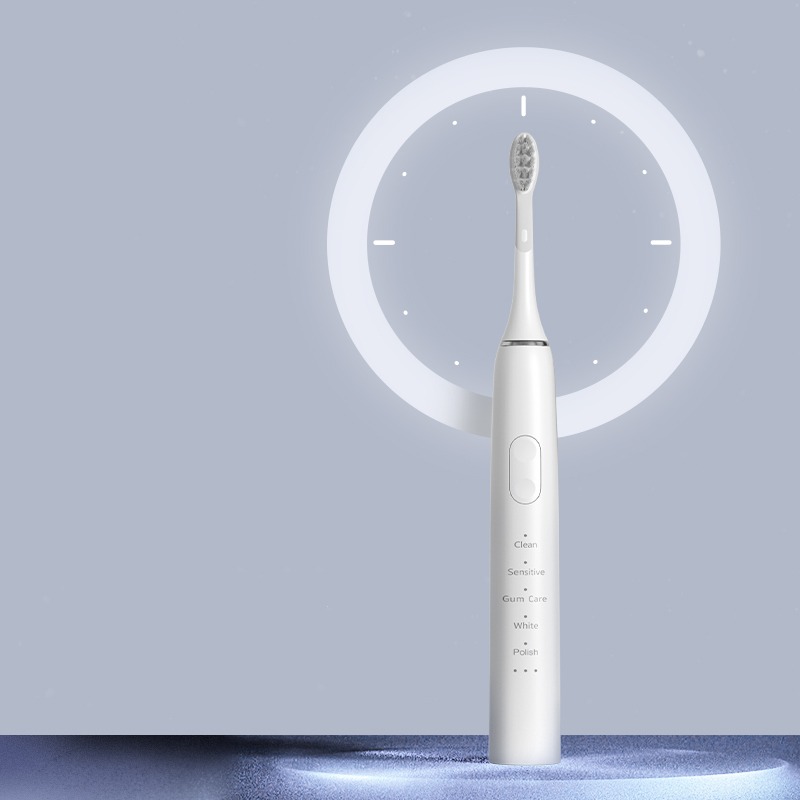
The Importance of Electric Toothbrushes with Self-Developed Motors for Manufacturers
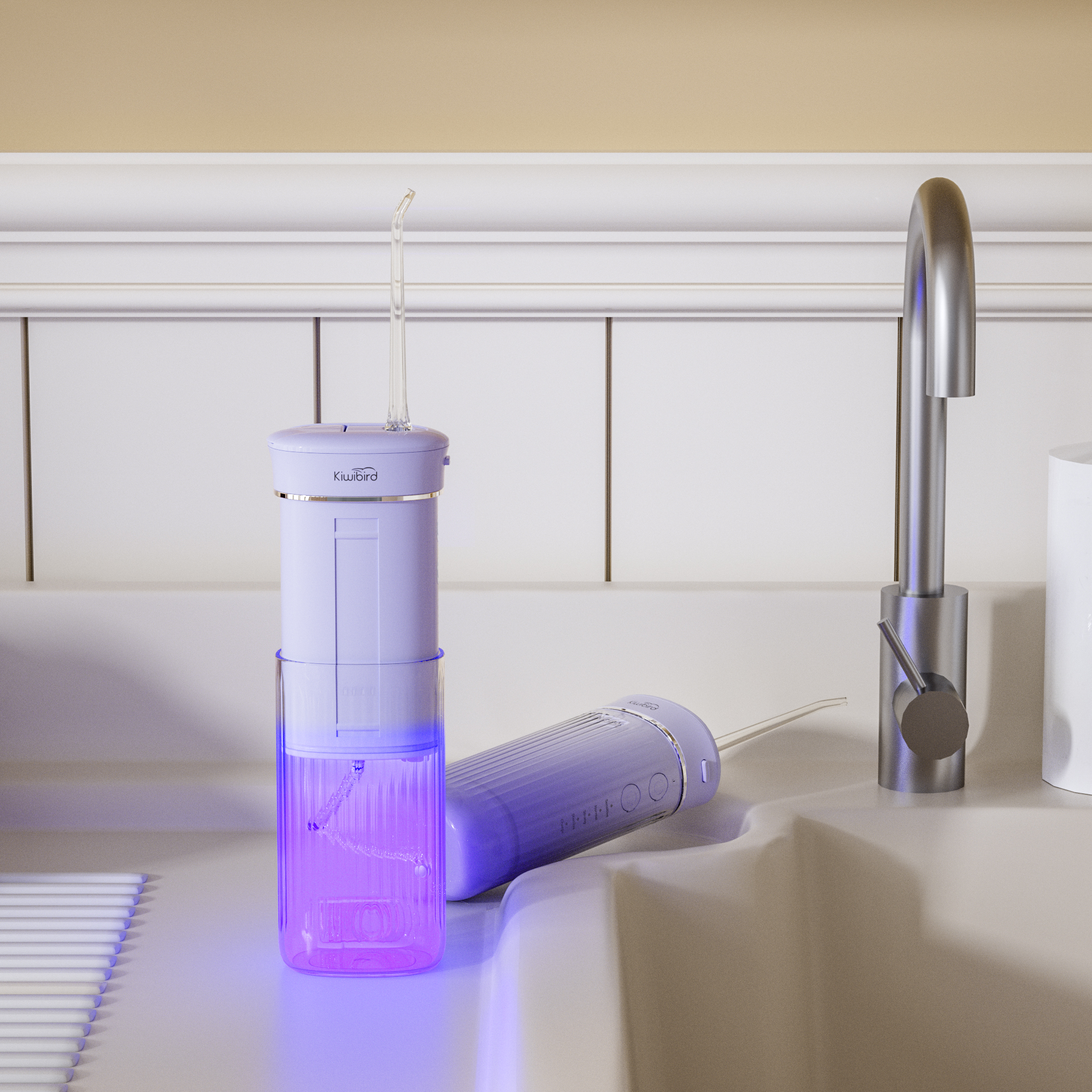
Why Choose Us? Five Advantages of a Professional Manufacturer of UV Sterilizing Water Flossers
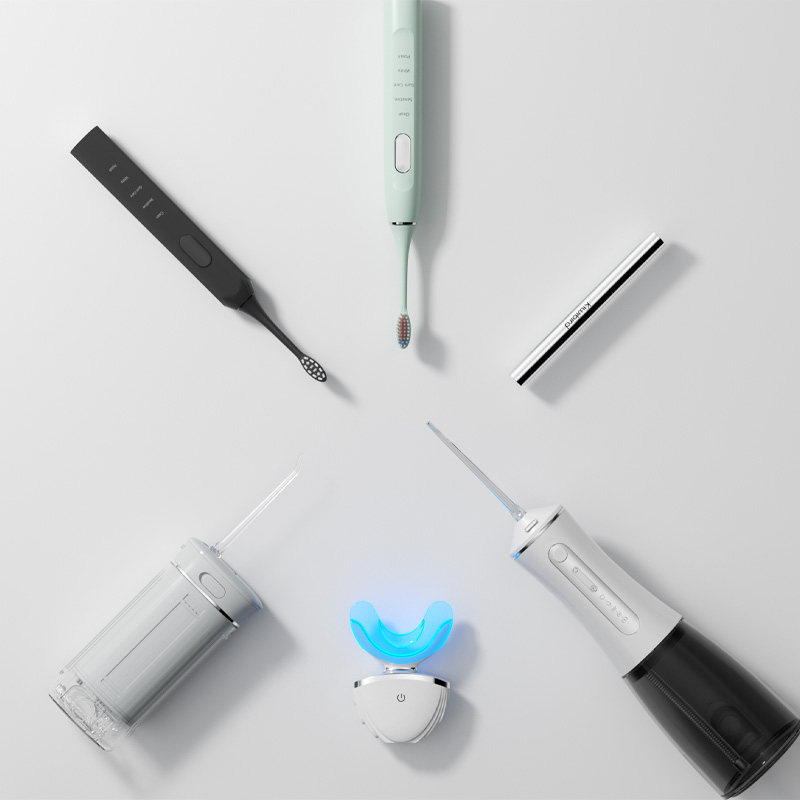
Starting from the Logic of FMCG, What is the Growth Path of New Electric Toothbrush Brand
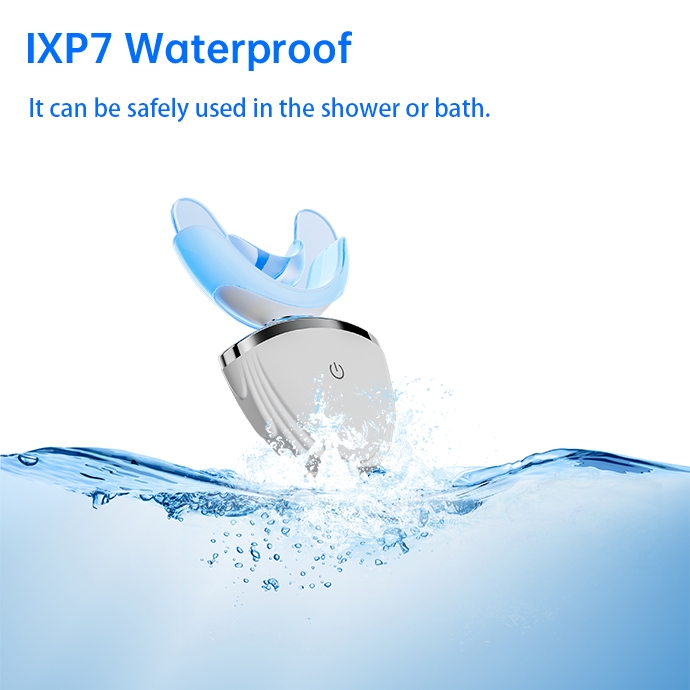
How Much Do You Know About the Manufacturing Industry of Home Teeth Whitening Products?

How to Ensure That a Factory’s Quality Control Process is Strict and Standardized
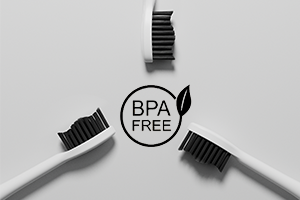
Zoom in 100 Times! What is Special About the Bristles of Electric Toothbrushes?
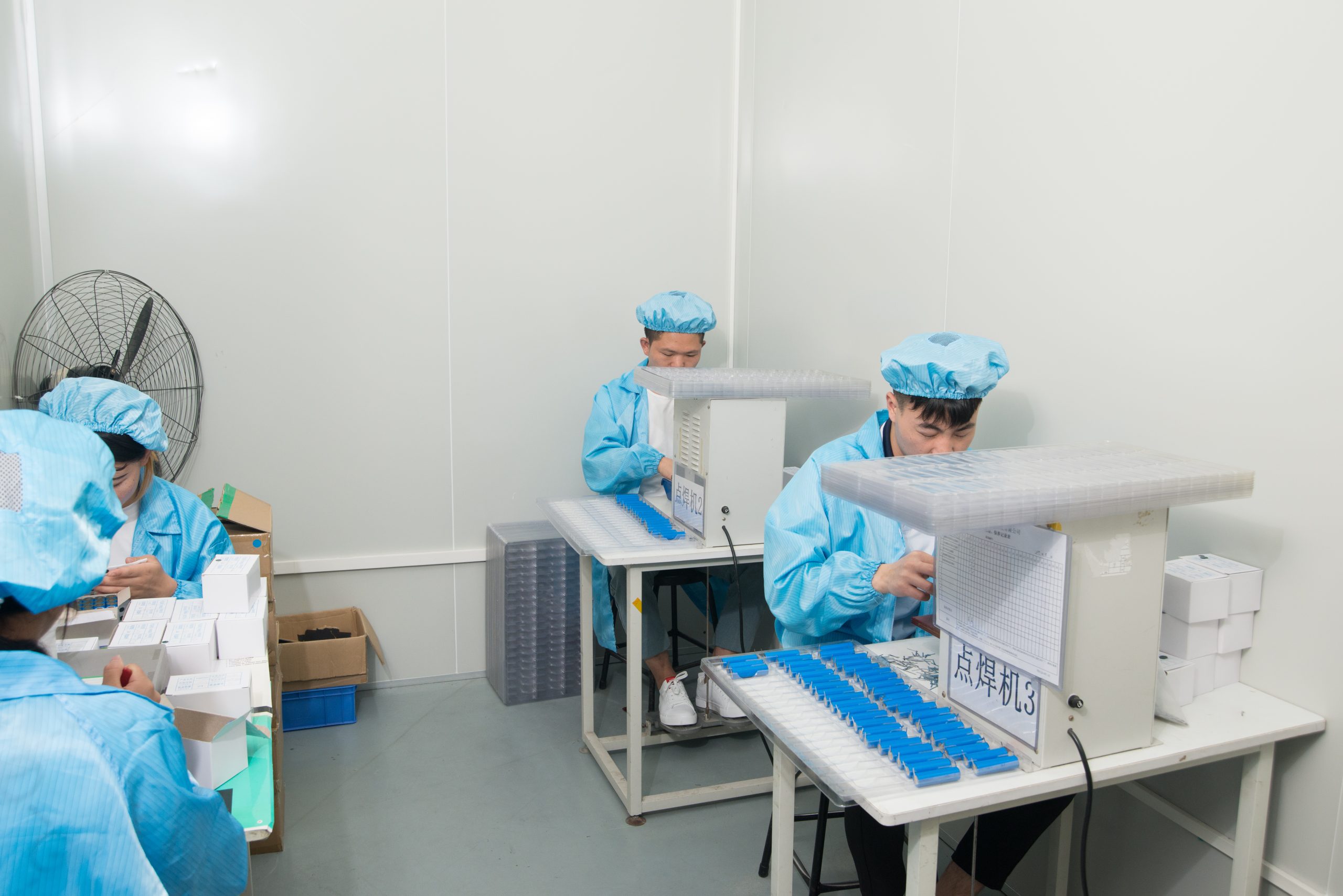
5 Characteristics of a High-Quality Electric Toothbrush Factory

Analysis of the Core Components of Electric Toothbrushes: How Do High-Performance Motors Improve Cleaning Efficiency?
When Hose Blockages Meet Motor Overheating, How to Fix Fast?
Are Bluetooth Disconnects Causing Battery Drain Speed?
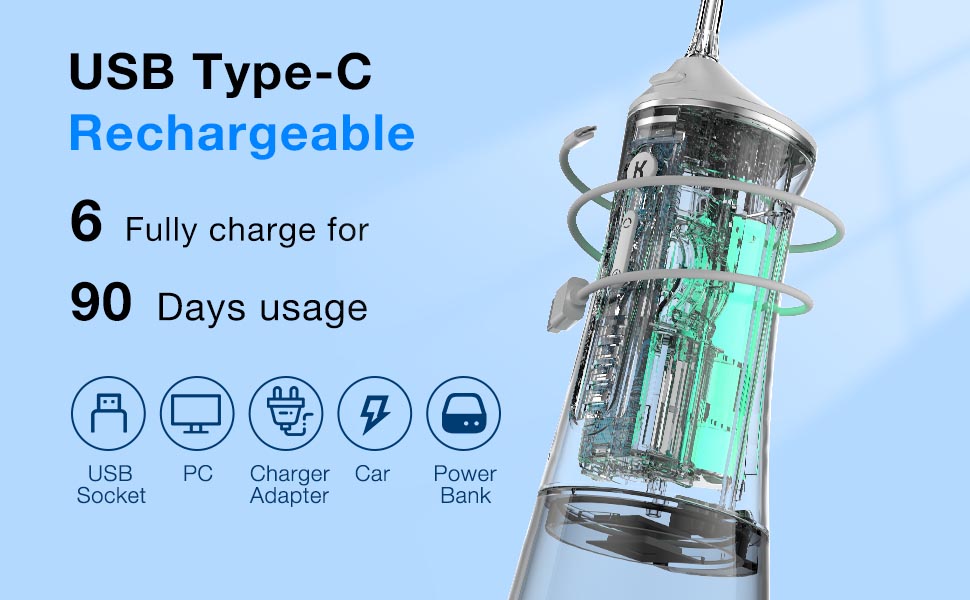
Wireless Water Flosser Production Guide: The Perfect Match Between Lithium Battery and Water Pump

How Water Pump Technology Revolutionizes Water Flosser Performance
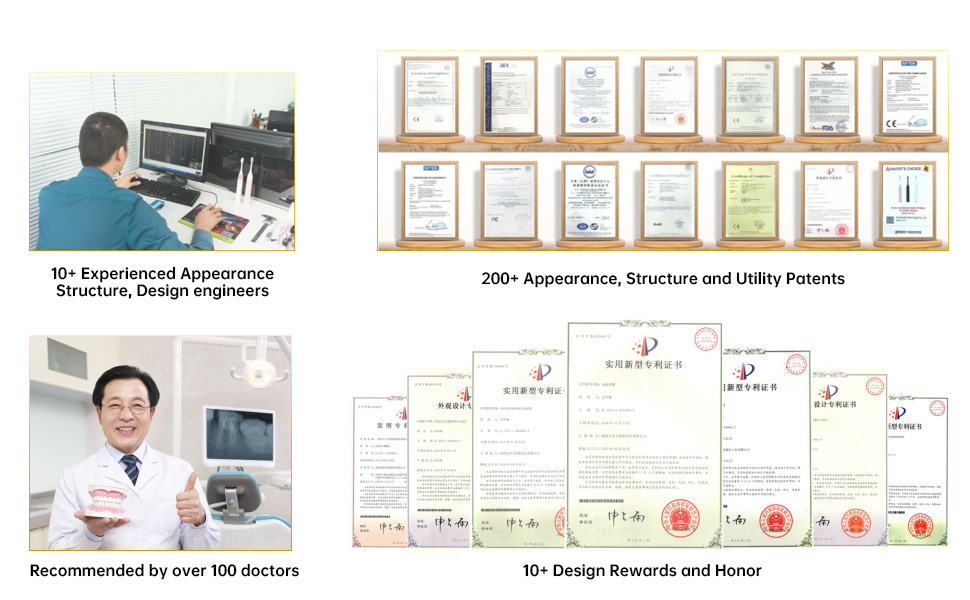
How to Judge Whether a factory’s R&D capabilities Is Strong?
Can Charging Base Instability Worsen Whitening Inefficacy?
Can UV Light Degradation Affect Whitening Gel Leakage?

Private Label Whitening Gel

electric toothbrush heads Charcoal Infuse-Round

electric toothbrush heads Ultra Soft

Electric toothbrush heads Charcoal Infused-Diamond
.jpg)
Florida Electric Toothbrush – Powsmart PTR-C8

electric toothbrush heads Regular Clean

Customization Teeth Whitening Gel

electric toothbrush heads Deep Clean
whstapp
whstapp
National Toll-Free Service Hotline
+86 755 86238638